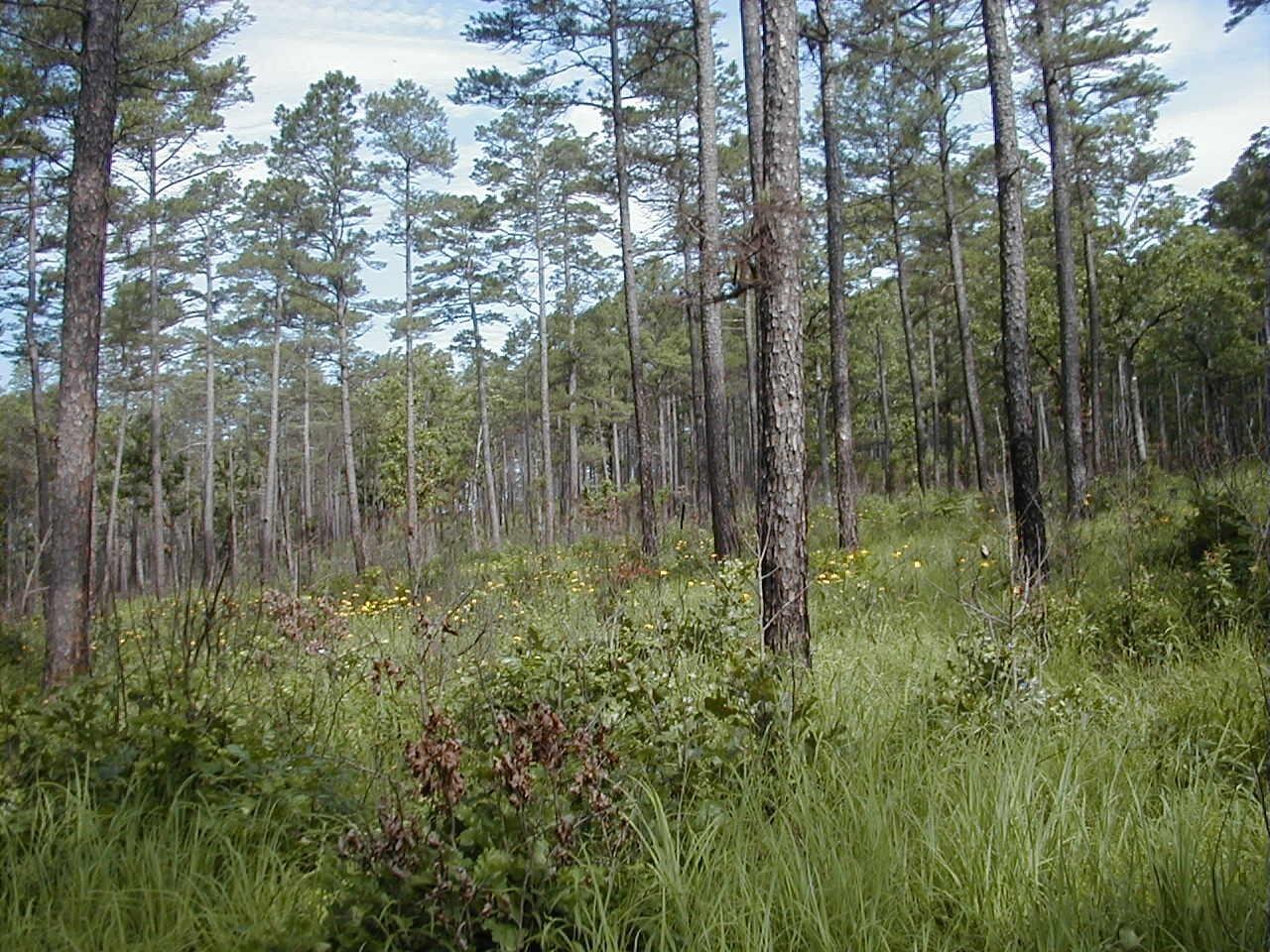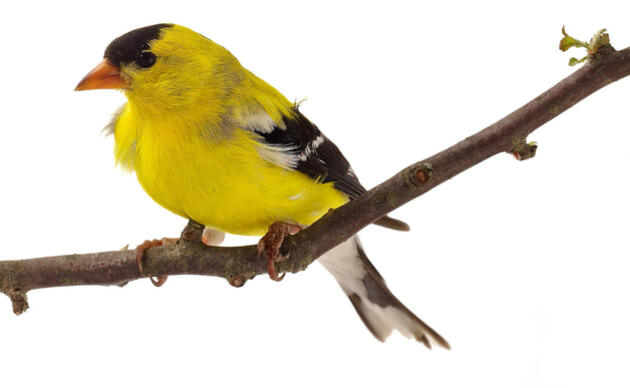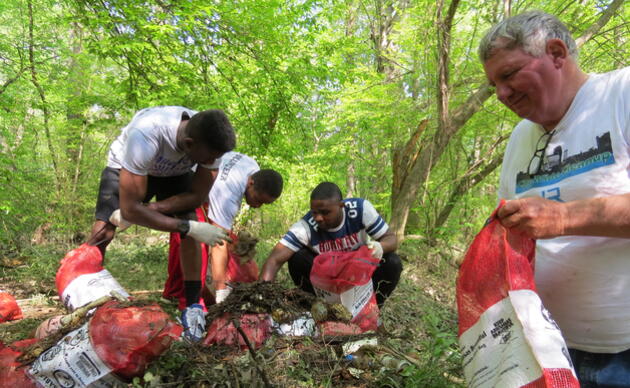Shortleaf Pine-Bluestem Grass Ecosystem Management Area IBA

Drive along Buffalo Rd. in the Ouachita National Forest’s Shortleaf Pine-Bluestem Grass Ecosystem Management Area to glimpse the US Forest Service's effort to fortify the endangered Red-cockaded Woodpecker (RCW) in Arkansas and across its range.
Site Description:
The Pine-Bluestem EMA is a global Important Bird Area and a U.S. Forest Service landscape-scale project designed to recover RCWs. This portion of Ouachita National Forest is dominated by mature shortleaf pine and mixed hardwood species, with an understory of grasses and forbs. Topography is east-west trending ridges and valleys. Nature and wildlife conservation, hunting and fishing, tourism, forestry, and research are some of the many uses of this area.
Ornithological Summary:
The Pine-Bluestem EMA is the largest block of public land available for restoration of RCWs and associated birds. It is located in the only purely shortleaf pine stand in the woodpecker's range. As of 2013, there were 158 adults that fledged 83 young from 64 active territories, up over 200% from just ten years prior. Northern Bobwhite, Bachman's Sparrow and Prairie Warbler are other pine woodland-loving species that benefit from woodpecker habitat management and so are relatively abundant in the area. Take the Buffalo Road Tour to get a feel for the area and its birdlife.
Conservation Issues:
Like all animals, RCWs have certain habitat requirements to assure survival. They depend on mature, well-spaced, live pine trees surrounded by an open, grassy understory. These conditions are created through frequent prescribed burns, and by means of a robust timber management program that use both thinning and occasional regeneration of shortleaf pines. Restoring and maintaining pine-bluestem grass habitat on a large enough scale to grow the woodpecker population is the most important management action. Fortunately, the Forest Service has many partners and a Collaborative Forest Landscape Restoration grant that will ensure an additional 320,000 acres are made suitable for RCWs over ten years. Existing populations need hands-on management to increase their chances of success, including installing nest cavities, protecting nests from predators, banding and monitoring individuals, and translocations between populations.
How you can help, right now
Be a voice for birds
Join our Advocacy Team to receive action alerts about legislation and policy when Audubon Delta's birds need your voice.
Join Our Flock
Signing up is the best way to keep up with Audubon's latest news, programs and initiatives.




